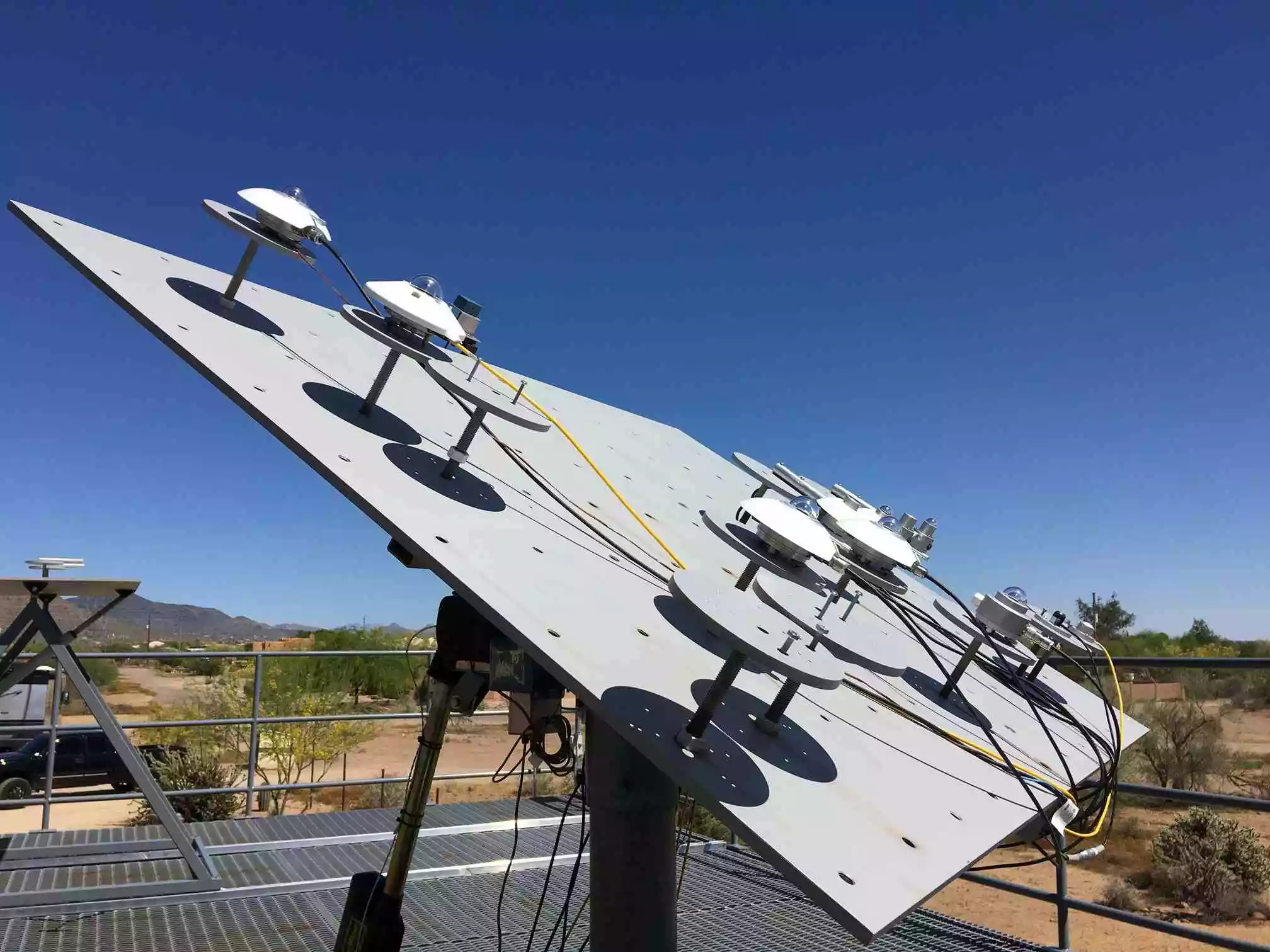
Comparing Solar Radiation Sensors: Thermopile vs. Silicon Photodiode
Comparing Solar Radiation Sensors: Thermopile vs. Silicon Photodiode
Solar radiation sensors play a crucial role in accurately measuring sunlight for meteorological, agricultural, and renewable energy applications. Two common types of sensors—thermopile and silicon photodiode—each offer distinct advantages and limitations. This article compares their key characteristics to help determine the most suitable choice for various applications.
1. Measurement Principle
Thermopile Sensors:
- Measure solar radiation based on thermal absorption.
- Generate voltage proportionally to the heat received from solar radiation.
Silicon Photodiode Sensors:
- Use semiconductor technology.
- Generate current when photons of sunlight strike the diode.
2. Spectral Range
Thermopile Sensors:
- Broad spectral range (approx. 300-2800 nm), capturing both visible and infrared radiation.
Silicon Photodiode Sensors:
- Narrower spectral response (approx. 400-1100 nm), primarily sensitive to visible and near-infrared light.
3. Accuracy and Stability
Thermopile Sensors:
- Provide high accuracy and stability.
- Require less frequent recalibration.
Silicon Photodiode Sensors:
- Generally less accurate.
- Require more frequent calibration due to sensitivity drift.
4. Response Time
Thermopile Sensors:
- Slower response time due to thermal measurement principles (typically several seconds).
Silicon Photodiode Sensors:
- Fast response time (milliseconds), ideal for rapidly changing conditions.
5. Cost and Maintenance
Thermopile Sensors:
- Higher initial cost but lower long-term maintenance.
Silicon Photodiode Sensors:
- Lower upfront costs but potentially higher maintenance and calibration expenses over time.
Recommended Applications
- Thermopile Sensors: Ideal for research-grade solar monitoring, meteorological stations, and applications demanding high accuracy and broad-spectrum sensitivity.
- Silicon Photodiode Sensors: Suitable for general monitoring, solar panel testing, and situations where fast response time and lower initial costs are prioritized.
Conclusion
Selecting the right sensor—thermopile or silicon photodiode—depends on specific measurement needs, budget constraints, and long-term maintenance capabilities. Evaluating these factors carefully ensures optimal performance and accurate solar radiation data collection.
For detailed sensor calibration guidelines, explore our Solar Sensor Calibration Guide.



